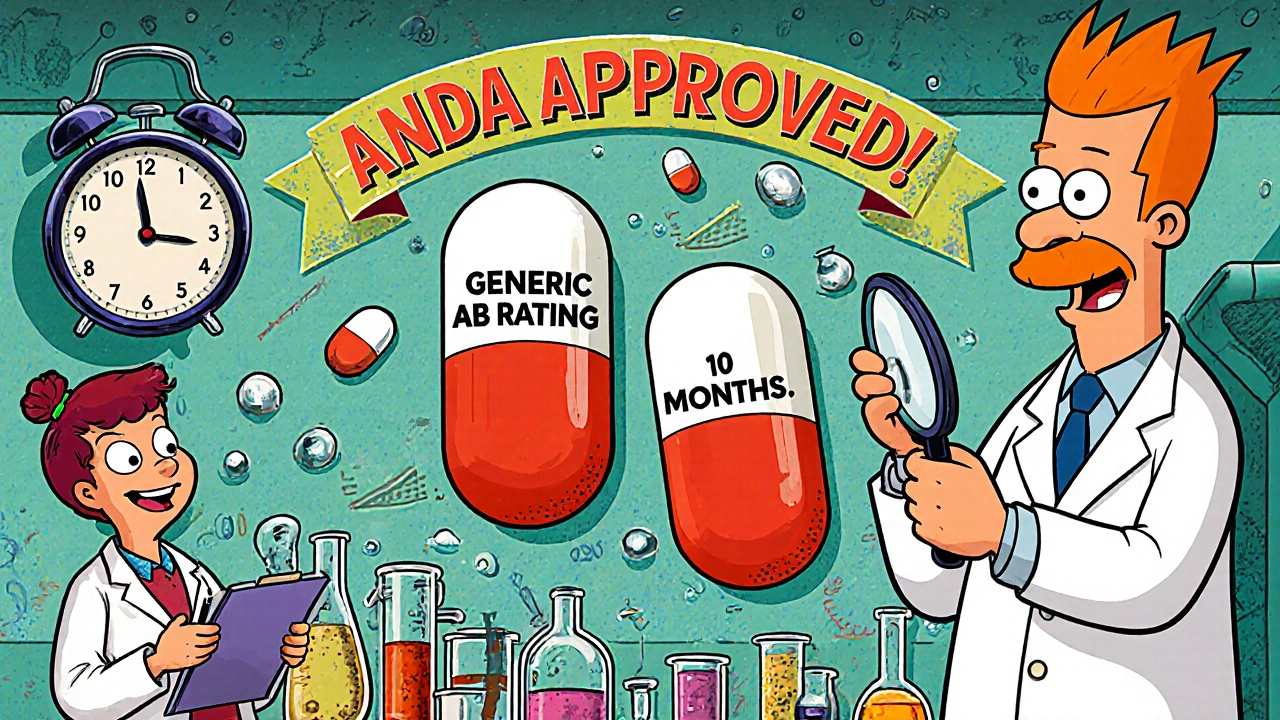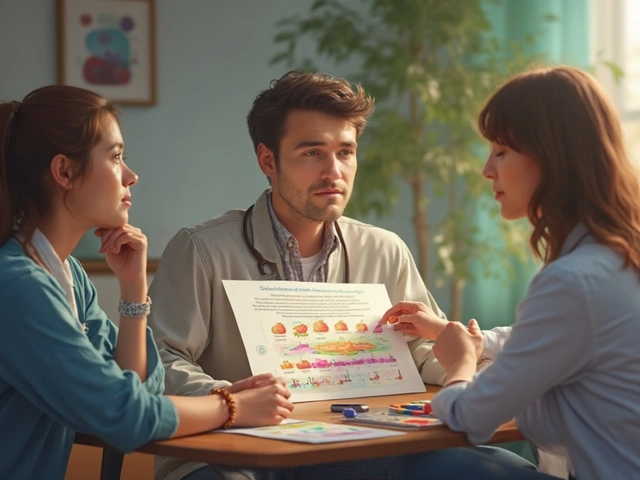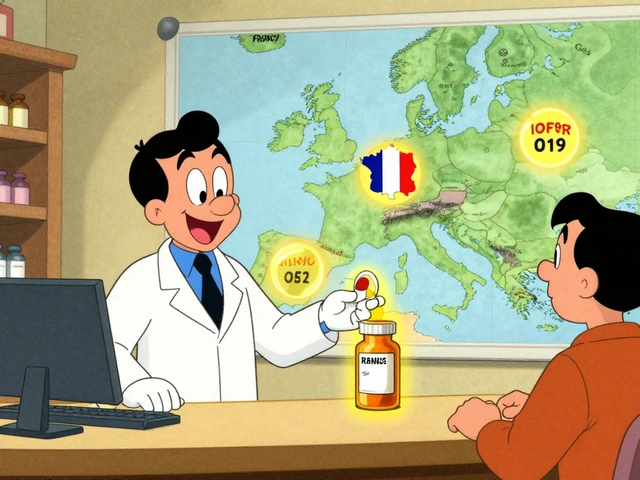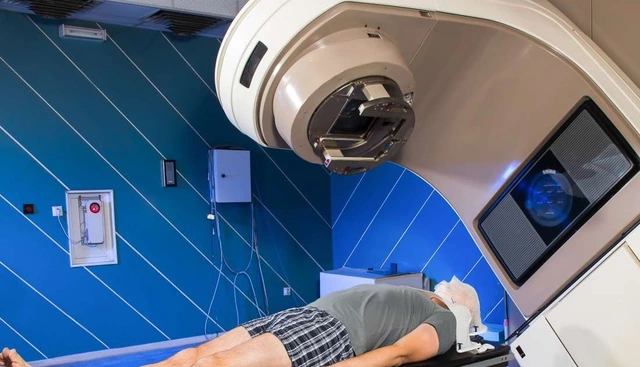The U.S. Food and Drug Administration doesn’t just approve new drugs-it makes sure the cheapest versions work just as well. Every day, more than 9 out of 10 prescriptions filled in America are for generic drugs. These aren’t knockoffs. They’re scientifically proven copies, approved under a strict system called the Abbreviated New Drug Application (ANDA). This process, created by the Hatch-Waxman Act in 1984, lets generic manufacturers skip expensive clinical trials while still proving their product is safe and effective. The FDA’s Office of Generic Drugs (OGD) runs this system, and its decisions directly impact how much patients pay for medicine.
What Makes a Generic Drug Approved?
It’s not enough for a generic pill to look like the brand-name version. The FDA requires exact matches in four key areas: active ingredient, strength, dosage form, and how it’s taken (like pill, injection, or inhaler). The inactive ingredients-fillers, dyes, coatings-can differ, but they can’t affect how the drug works. The real test is bioequivalence: does the body absorb the generic drug at the same rate and amount as the brand-name drug?
To prove this, manufacturers run studies with 24 to 36 healthy volunteers. Blood samples are taken over hours to measure how much of the drug enters the bloodstream and how fast. The FDA demands that the 90% confidence interval for two key measurements-AUC (total exposure) and Cmax (peak level)-falls between 80% and 125% of the brand-name drug. If it doesn’t, the application gets rejected. This isn’t a guess. It’s a hard scientific standard, laid out in 21 CFR 314.94.
The ANDA Process: From Submission to Approval
Submitting an ANDA is like sending a massive legal and scientific dossier. Each application averages 15,000 to 20,000 pages of data. That includes chemistry details, manufacturing methods, stability tests, and bioequivalence results. The FDA doesn’t just read it-they audit it.
First, the application goes through a Filing Review. If it’s missing key documents or has major formatting errors, the FDA sends a Refuse-to-Receive (RTR) letter. In 2022, 15.3% of submissions got this notice, mostly because the chemistry and manufacturing sections weren’t complete. Once filed, the clock starts. Standard reviews have a 10-month target. Priority reviews-for drugs in short supply or first-time generics-get 8 months. In 2023, the FDA approved 1,256 ANDAs, up 12.7% from the year before.
Manufacturing facilities aren’t ignored. Every plant making generic drugs must follow Current Good Manufacturing Practices (CGMP). The FDA inspects these sites at least once every two years, and in 2023, inspection rates hit 82.7%. A single violation can delay approval for months.
Why the ANDA Pathway Saves Billions
Developing a new brand-name drug can cost over $2.6 billion and take 10 to 15 years. The ANDA route cuts that to $2.4 million to $6.3 million and 3 to 4 years. That’s not just cheaper-it’s faster. And that speed translates to lower prices. In 2023, generic drugs saved U.S. patients $132.6 billion compared to brand-name alternatives. Pharmacists report patients’ out-of-pocket costs drop by 80-85% when switching to generics.
The FDA’s Orange Book lists every approved generic and its therapeutic equivalence rating. As of January 2024, it included over 20,800 entries. But it’s not just about quantity. Complexity is rising. In 2023, 42.3% of new ANDAs involved complex products-things like inhalers, injectables, or extended-release tablets. These aren’t simple pills. They need specialized testing and deeper review. The FDA’s Complex Generic Drugs Initiative has helped push approvals of these harder products up from 22.1% in 2018 to 37.5% in 2023.
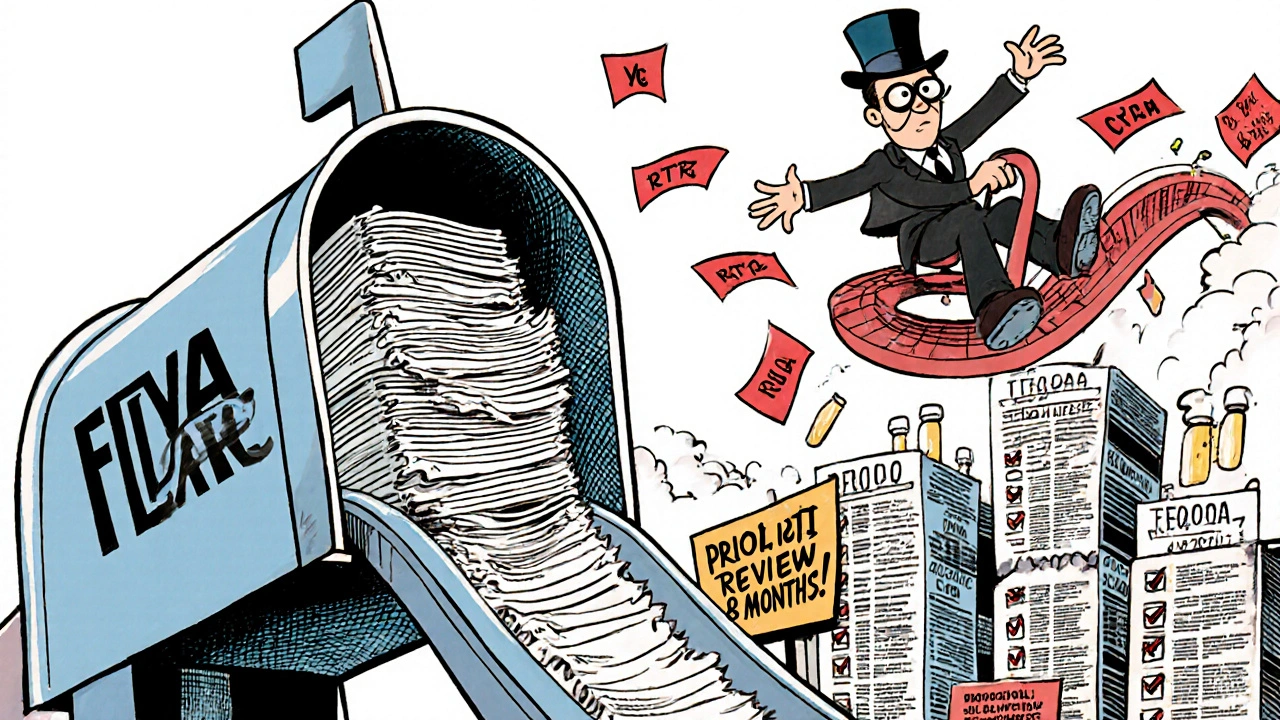
Challenges and Criticisms
Despite progress, the system isn’t perfect. In 2022, over 1,800 ANDAs were still waiting for review, with 317 stuck for more than three years. A 2022 Senate report blamed staffing shortages and resource limits in the OGD. The FDA admitted that 14.8% of applications received complete response letters due to bioequivalence study flaws.
Patients sometimes report differences in how a generic feels compared to the brand. In FDA’s adverse event database (FAERS), 22.7% of reports involving generics mentioned reduced effectiveness. But when the FDA investigated, 92.3% of those cases were due to disease progression-not the drug itself. Consumer surveys show 78.4% of patients trust FDA-approved generics, and 63.2% say they notice no difference in how they work.
Another issue: patent fights. On average, each branded drug facing generic competition gets challenged by 34.7 patent lawsuits. These legal battles can delay market entry for years. The FDA’s Drug Competition Action Plan, started in 2017, has cut approval times for first generics by 37.2%-from 42.1 months to 26.4 months.
What’s Changing in 2025 and Beyond
The FDA isn’t standing still. In October 2025, it launched a pilot program that speeds up ANDA reviews for companies manufacturing drugs in the U.S. Qualifying applications get their review timeline cut by 30%. This is part of a broader push to bring more production back home.
The Generic Drug User Fee Amendments (GDUFA) IV, finalized in September 2024, brings $2.1 billion in funding through 2027. Of that, $412 million is dedicated to complex generics. The FDA’s 2024-2026 Strategic Plan aims to use real-world evidence in 25% of complex generic approvals by 2026 and test AI tools on 12% of ANDAs by the end of 2024.
Looking ahead, industry analysts expect 1,500 to 1,700 ANDA approvals annually by 2027. There are already 2,147 pending applications for first generics. The Congressional Budget Office estimates generic drugs will save $1.9 trillion over the next decade.
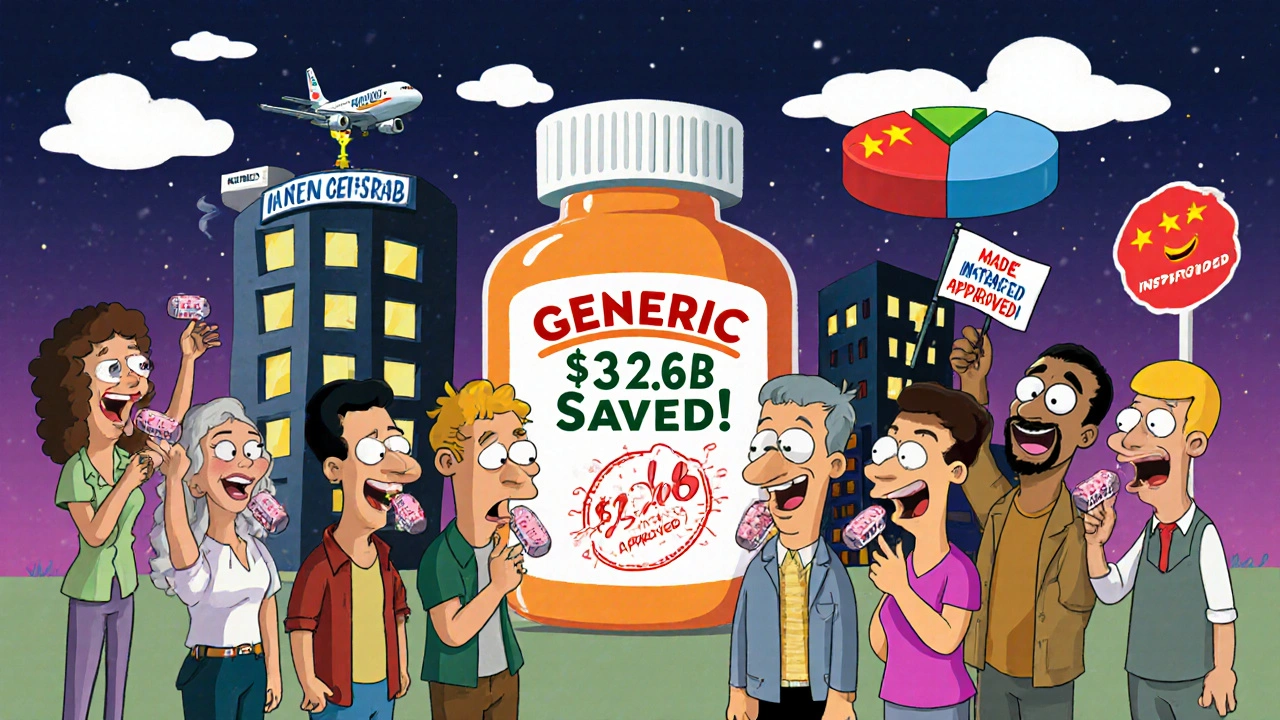
Who’s Behind the Scenes?
Getting an ANDA approved isn’t a solo job. Successful applicants hire teams of 8 to 12 specialists: regulatory affairs pros, pharmaceutical scientists, clinical pharmacologists. The average salary for a regulatory affairs manager is $115,000. First-time applicants often spend 18 to 24 months learning the system. Common mistakes? Incomplete CGMP documentation (41.7% of RTRs) and poorly designed bioequivalence studies (28.3% of RTRs).
Applicants who use pre-ANDA meetings with the FDA are more likely to succeed. In 2022, 78.4% of approved applications had these early discussions. The FDA offers 287 guidance documents on everything from dissolution testing to biosimilars. Skipping them is risky.
The fee to submit one ANDA? $389,490. Annual facility fees range from $207,700 to $415,400. That’s expensive-but still a fraction of what it costs to develop a new drug.
Global Comparisons
The U.S. system is unique. In Europe, the EMA sometimes requires extra clinical data even for generics. Japan mandates in vivo bioequivalence studies for every single product, no matter how simple. The U.S. ANDA system is more streamlined, which is why it approves so many more generics each year. But it’s also why the FDA must be more precise in its review standards.
And here’s a sobering fact: 78% of the active ingredients in U.S. generic drugs come from facilities outside the country. The FDA’s 2023 Supply Chain Resilience Assessment flagged this as a vulnerability. The agency is now working with international regulators to share inspection data and reduce risk.
What Patients Should Know
If your doctor prescribes a generic, you’re not getting second-rate medicine. You’re getting the same active ingredient, at the same dose, in the same form, proven to work the same way. The FDA doesn’t cut corners. It just cuts the cost.
Some people worry about switching from brand to generic. But if your medication has an “AB” rating in the Orange Book, the FDA says it’s interchangeable. If you notice a real change in how you feel-like new side effects or reduced effectiveness-talk to your pharmacist or doctor. But don’t assume it’s the generic. More often than not, it’s your condition changing, not the drug.
The system works. It saves money. It saves lives. And it’s built on science, not speculation.
How long does it take the FDA to approve a generic drug?
The FDA aims to complete a standard ANDA review in 10 months and a priority review in 8 months. But timelines can stretch due to incomplete applications, complex drug types, or backlog issues. In 2023, the average time from filing to approval was about 14 months, though first generics approved under the Drug Competition Action Plan took just 26.4 months from patent expiry to market.
Can a generic drug be different from the brand-name version?
Yes, but only in inactive ingredients like fillers, dyes, or coatings. The active ingredient, strength, dosage form, and route of administration must be identical. Bioequivalence testing ensures the body absorbs the drug at the same rate and amount. The FDA considers generics with an "AB" rating interchangeable with the brand-name drug.
Why do some people say generics don’t work as well?
In rare cases, patients report differences, but FDA investigations show 92.3% of these reports are due to underlying health changes, not the drug itself. Psychological factors, like expecting a cheaper drug to be less effective, can also play a role. For complex drugs like inhalers or extended-release pills, small manufacturing differences can sometimes affect performance-but the FDA requires extra testing for these products to ensure safety.
Are all generic drugs made in the U.S.?
No. About 78% of the active pharmaceutical ingredients in U.S. generic drugs come from facilities outside the country, mostly in India and China. The FDA inspects these foreign sites and requires them to meet the same standards as U.S. plants. A 2023 FDA report flagged supply chain reliance as a key risk, prompting new efforts to encourage domestic manufacturing.
How does the FDA ensure quality in generic drugs?
The FDA requires all generic manufacturers to follow Current Good Manufacturing Practices (CGMP). Facilities are inspected regularly-82.7% of them were inspected in 2023. Each application must prove pharmaceutical equivalence and bioequivalence. The FDA also monitors adverse events through its FAERS database and can pull products from the market if safety issues arise.
What’s the difference between an ANDA and an NDA?
An NDA (New Drug Application) is for brand-name drugs and requires full clinical trials proving safety and efficacy. An ANDA (Abbreviated New Drug Application) is for generics and skips those trials by proving bioequivalence to an already-approved brand-name drug. The NDA process costs over $2 billion and takes 10-15 years. The ANDA process costs under $7 million and takes 3-4 years.

